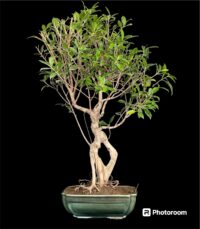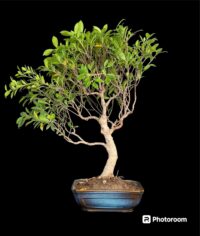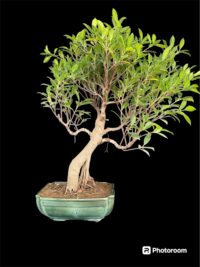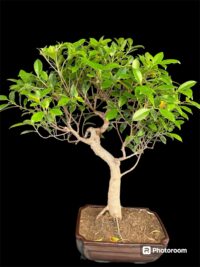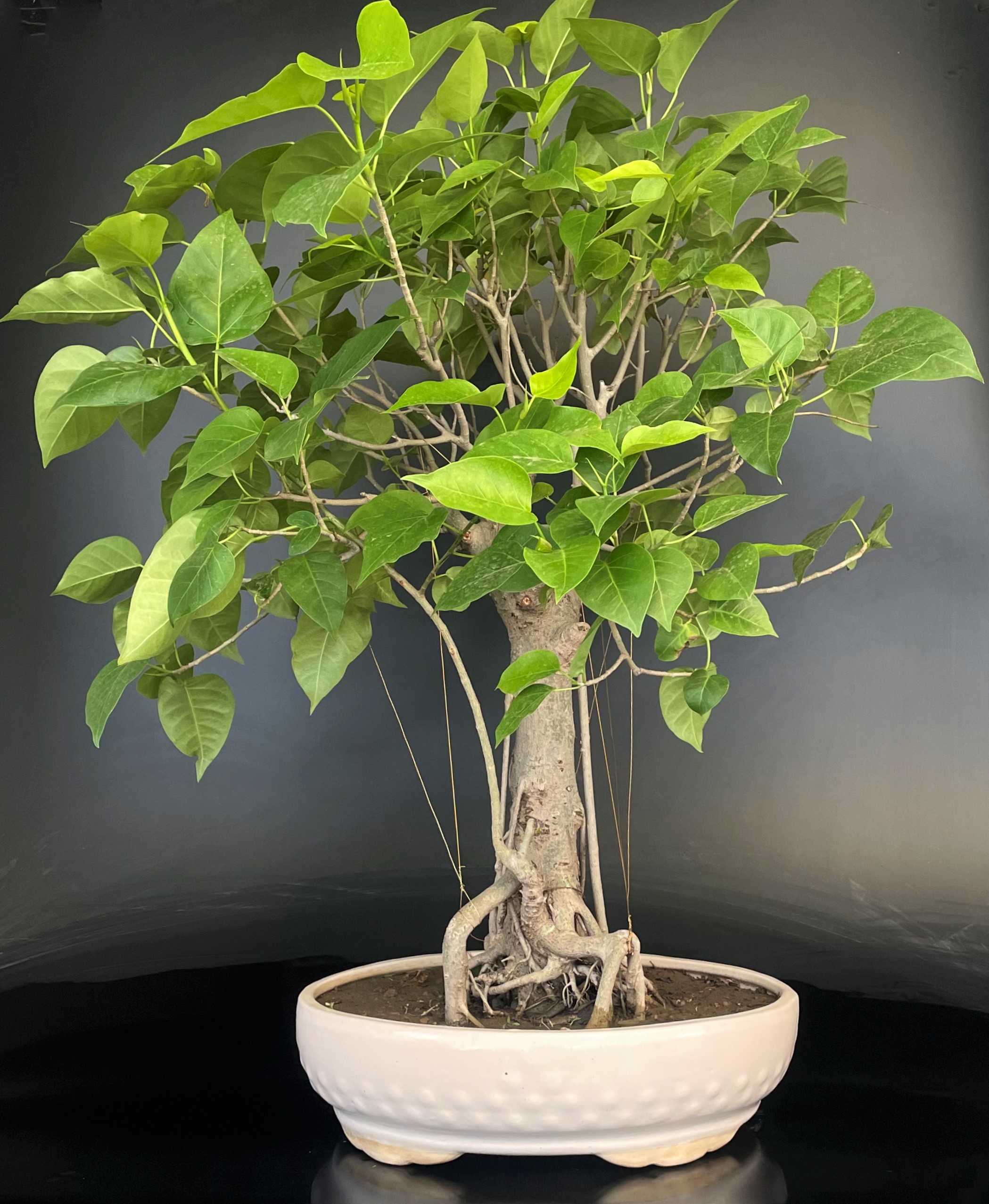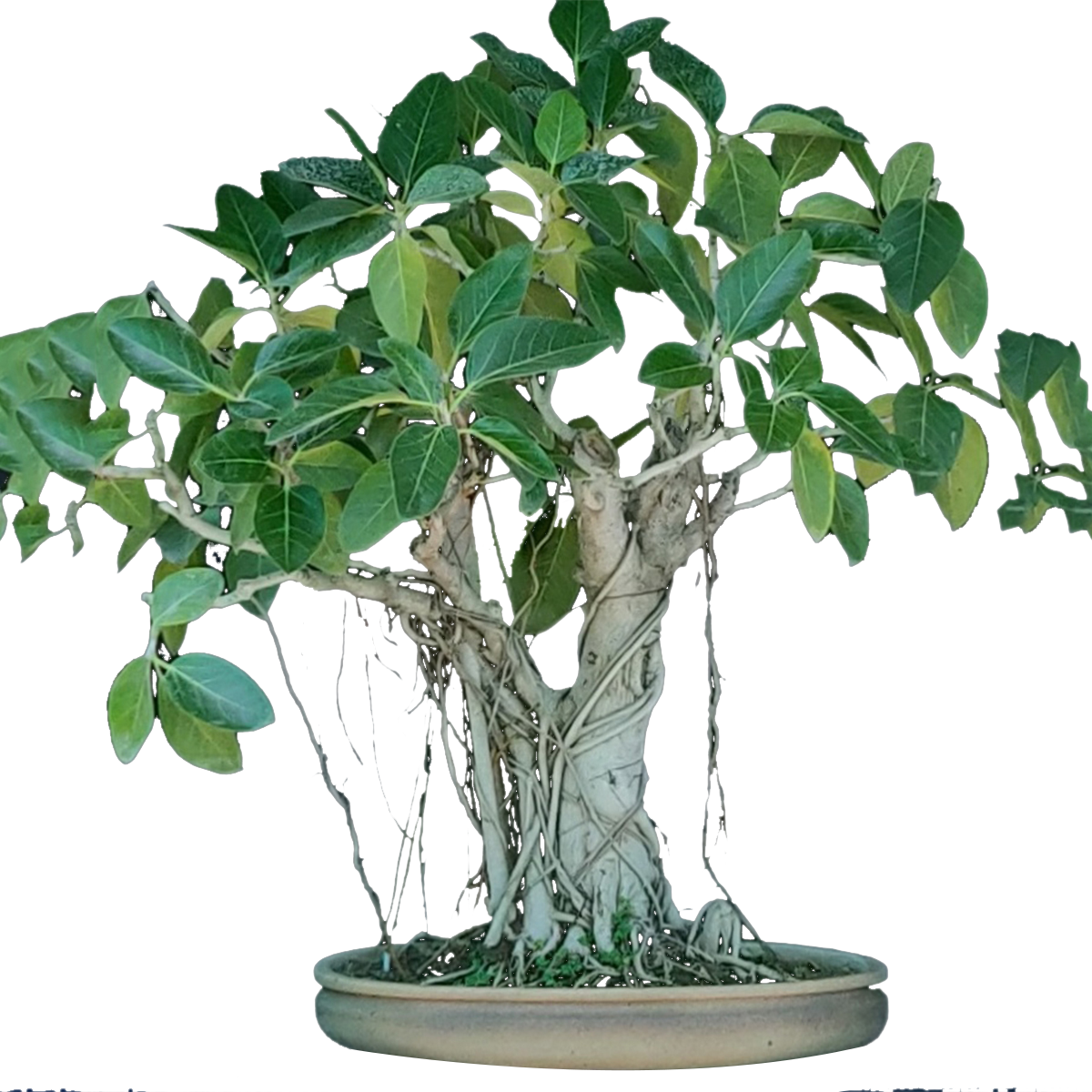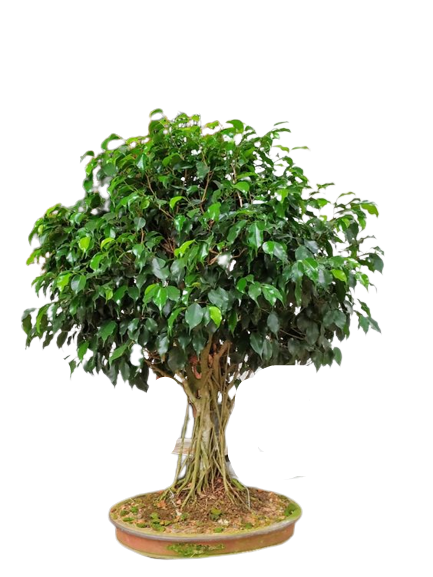15 Types of Bonsai
15 Types of Bonsai(indoor)-A Chart with Stunning Visuals
The Types of Bonsais cannot be classified as Out Door or Indoor. Full sun and partial sun is probably the best classification. Here we are listing a few bonsais, which can be kept indoors or outdoor according to the region you are living in.
The types of bonsai trees In India and this sub-region are very different and requires Full sun. I have discussed the topic in detail here.
So without much ado lets indulge in Types of Bonsai with stunning visuals.
Featured Plants
Lorem ipsum dolor sit amet, consectetur adipiscing elit.
Our Motto
What you see is what you get
Delivery
Personalised delivery at door step
Mission
Creating green spaces
Types of Bonsai
The apple tree
belongs to the category of tropical bonsai species, as it originates from the American tropics. This tree, also referred to as Pitch Apple or Monkey Apple, produces beautiful white and pink blooms during summer. If properly cared for, the tree will later bear miniature apple fruits, each about the size of a coin, once the flowers have withered.

Types of Bonsai
The Azalea bonsai trees
Azalea bonsai trees hold a special and prized position in the world of bonsai enthusiasts. While there are many amazing plant species that can be trained and designed to look like miniature mature trees, azaleas stand out with their unique appearance.
Azalea trees add both color and bloom to the art of bonsai. When shaped with care and precision, a tiny azalea tree can reward you with dazzling clouds of blossoms in pink, red, or white.
It’s interesting to note that conventional azalea plants and other rhododendrons are typically shaped into compact shrubs. However, when it comes to azalea bonsai cultivation, the tree is most often shaped into a stunning flowering tree.
But the beauty of azalea bonsai trees is not limited solely to when the tree is in bloom. Even when the blossoms are absent, the leaves still captivate the viewer with their extraordinary appearance
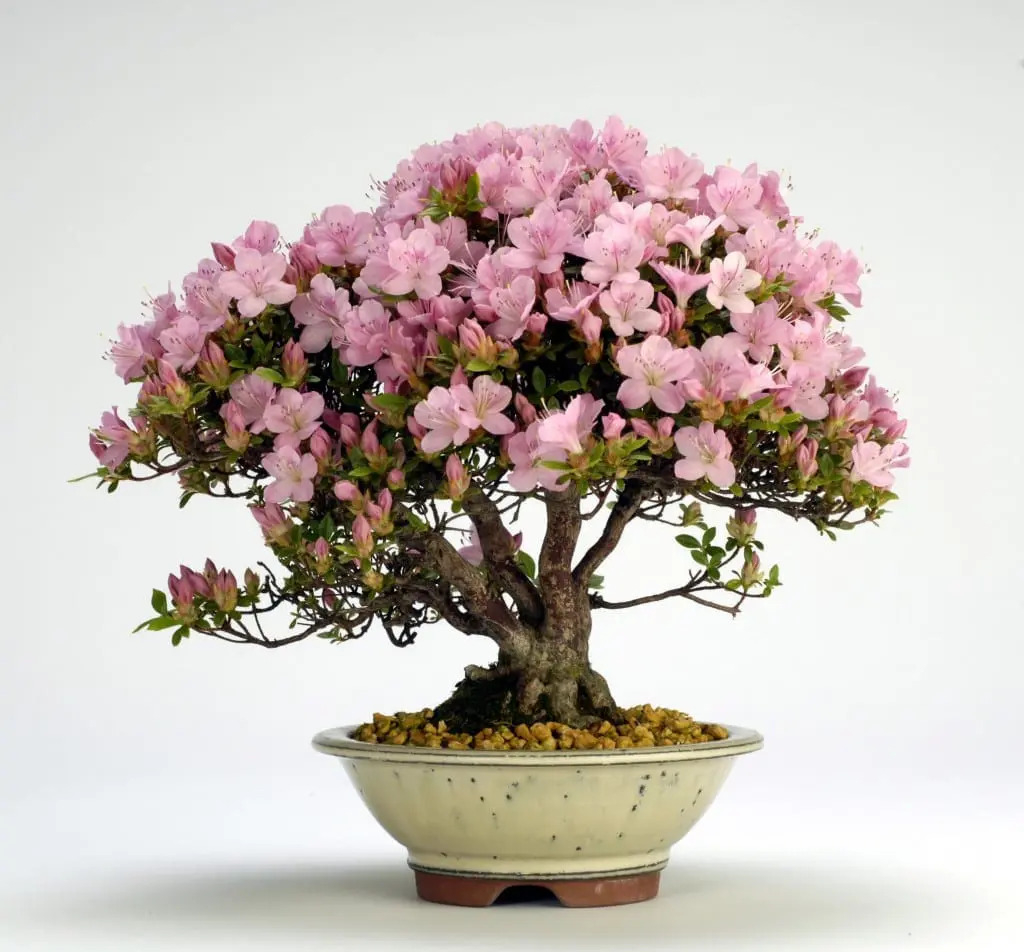
Types of Bonsai
The Bald Cyprus bonsai trees
Bald cypresses have an impressive lifespan and some specimens are known to be over 1000 years old. In nature, they grow in very wet, swampy soils such as those found alongside riverbanks and flood plains.
Despite being a wetland species, bonsai enthusiasts have successfully cultivated bald cypresses from New York to Minnesota and even in southern Canada.
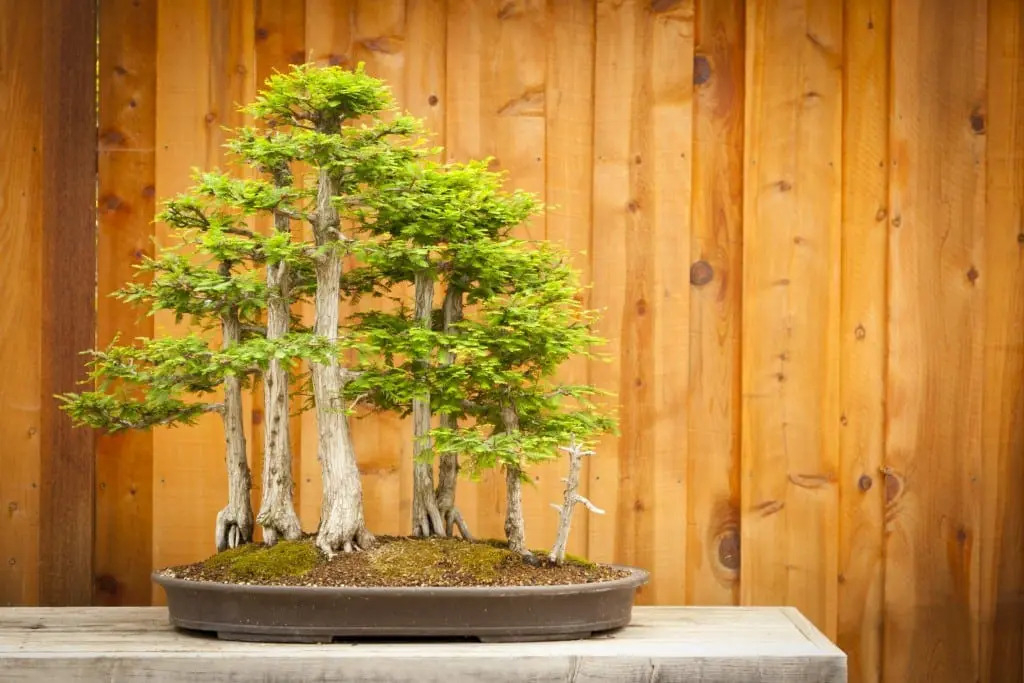
Types of Bonsai
The Bouganvilliea Bonsai trees
Bougainvillea is named after French Navy Admiral Louis Antoine de Bougainville, although this plant species is not native to France. Instead, the magnificently-colored blossoming woody vine is native to regions of South America, particularly Peru, Argentina, and Brazil.
Interestingly, Bougainvillea was discovered in 1978 by French botanist Philibert Commerco while accompanying Louis Antoine de Bougainville on a voyage to circumnavigate the globe.
When caring for your Bougainvillea bonsai tree, keep in mind that this species requires plenty of direct sunlight to flourish. The enchanting purple-pink blossoms are not actually flowers, but rather the leaves of the plant. The actual flowers are small and yellow.
Types of Bonsai
The Boxwood Bonsai Tree
![]()
![]()
![]()
Boxwood trees are well-suited for bonsai cultivation and are a common sight in English landscaping. Two of the most famous boxwood tree varieties are the Japanese boxwood (Buxus mycrophilla) and the Common boxwood (Buxus sempervirens).
Boxwood trees can be shaped into multiple styles, and their natural forms are easy to twist and shape into stunning living statues. Their pom-pom-like appearance is pleasing to the eye.
With over 70 varieties of boxwood, these plants are very sturdy, making them suitable for beginner gardeners as well.
Types of Bonsai
The Bodhi Vriksha Tree
![]()
![]()
![]()
Bodhi vriksha, also known as the Bodhi tree or sacred fig, is a species of fig tree and a revered tree in Buddhism.
It is said that Gautama Buddha attained enlightenment while sitting under a Bodhi vriksha in Bodh Gaya, India.
The tree is considered sacred because it represents the moment of Buddha’s awakening and is often used as a symbol in Buddhist art.
The Bodhi vriksha has a broad canopy and heart-shaped leaves that turn yellow in the fall.
It is also known for its aerial roots, which can grow into thick trunks, making it a popular tree for bonsai cultivation.
In addition to its religious significance, the Bodhi vriksha also has cultural and ecological importance, providing shade and habitat for various animals.
It is often planted near temples and other religious sites, as well as in public parks and gardens.
The tree has a long lifespan and can live for several hundred years.
Today, Bodhi vriksha can be found in various parts of the world, including Southeast Asia, India, Sri Lanka, and parts of Africa.
Types of Bonsai
The Bargad Tree
![]()
![]()
![]()
Bargad tree, also known as banyan tree, is a species of fig tree and one of the largest trees in the world.
The tree is revered in Hindu mythology and is often considered sacred.
Bargad trees have a unique growth habit, with aerial roots that grow down from the branches and into the ground, forming new trunks.
The tree provides shade and habitat for various animals and is often used as a meeting place or a site for social gatherings.
In addition to its cultural significance, the tree also has ecological importance, providing shelter and food for various species.
The bark of the tree is used in traditional medicine to treat various ailments.
Bargad trees can live for several hundred years and are found in various parts of the world, including India, Southeast Asia, and parts of Africa
Types of Bonsai
The Cedar Tree
![]()
![]()
![]()
Cedar trees belong to the Cedar family and have the potential to be transformed into stunning Bonsai trees.
Their rough and cracked bark is one of their defining features, while the short needles that grow in clusters along the branches create a unique canopy.
However, finding a Cedar bonsai tree can be a challenging task due to the high level of care and expertise required for their cultivation.
As a result, Cedar bonsai trees are in low demand, making them difficult to find in most shops.
But for those fortunate enough to obtain one, the journey of growing and shaping a Cedar bonsai tree is both enjoyable and extremely rewarding
Southeast Asia, and parts of Africa
Types of Bonsai
The Barbados Cherry Tree
![]()
![]()
![]()
When Cherry Blossom bonsai is mentioned, people often imagine an elegant miniature cherry tree in bloom. However, these trees are actually part of the Prunus species family, which also includes fruit trees like apricots, peaches, almonds, and plums, among others. There are over 430 varieties of the Prunus family, and the Prunus serrulata, also known as Cherry Blossom, is just one of them. Cherry Blossom is also referred to by other names such as Japanese Cherry, Hill Cherry, and Oriental Cherry. These species are native to Asia and are originally found in Japan, China, and Korea.
